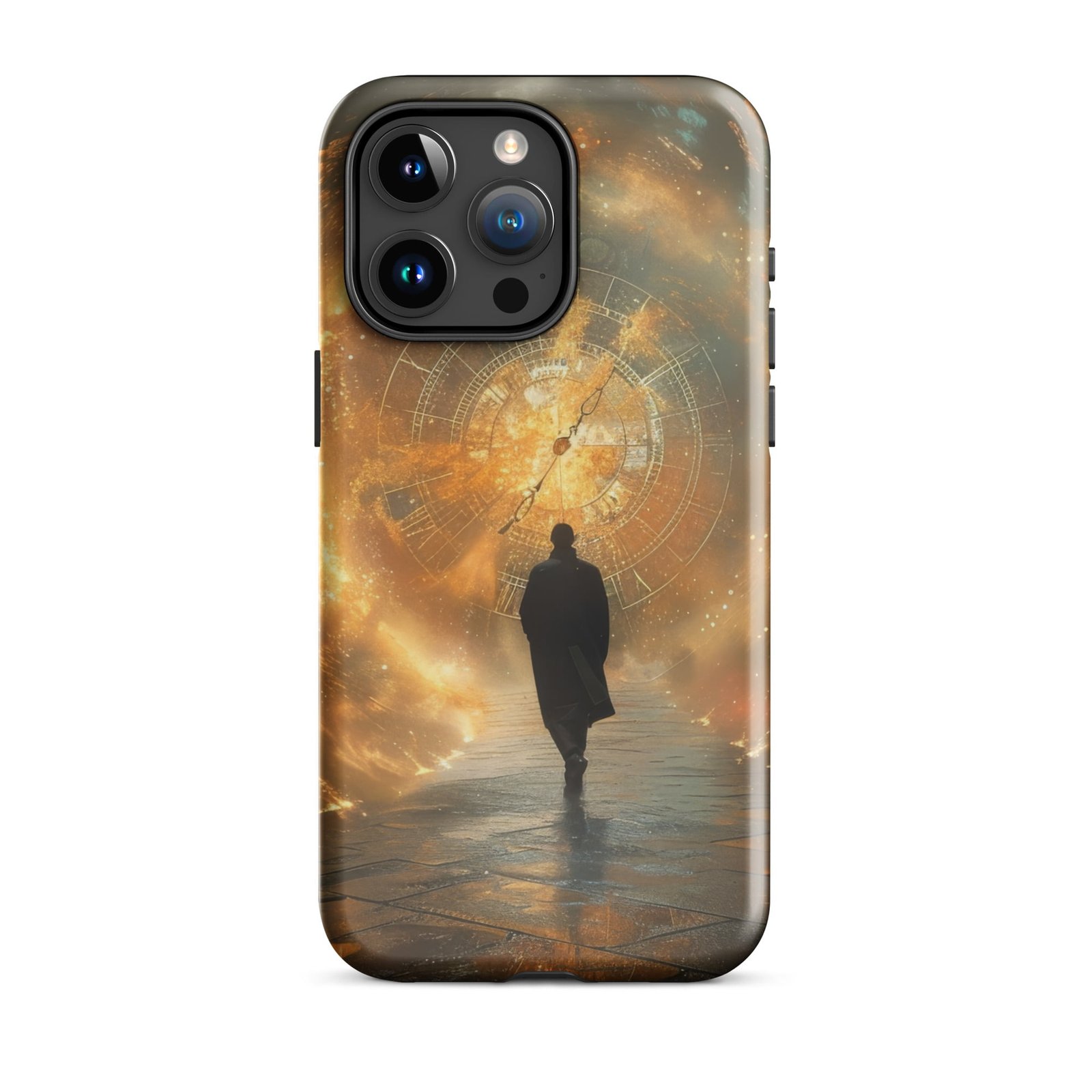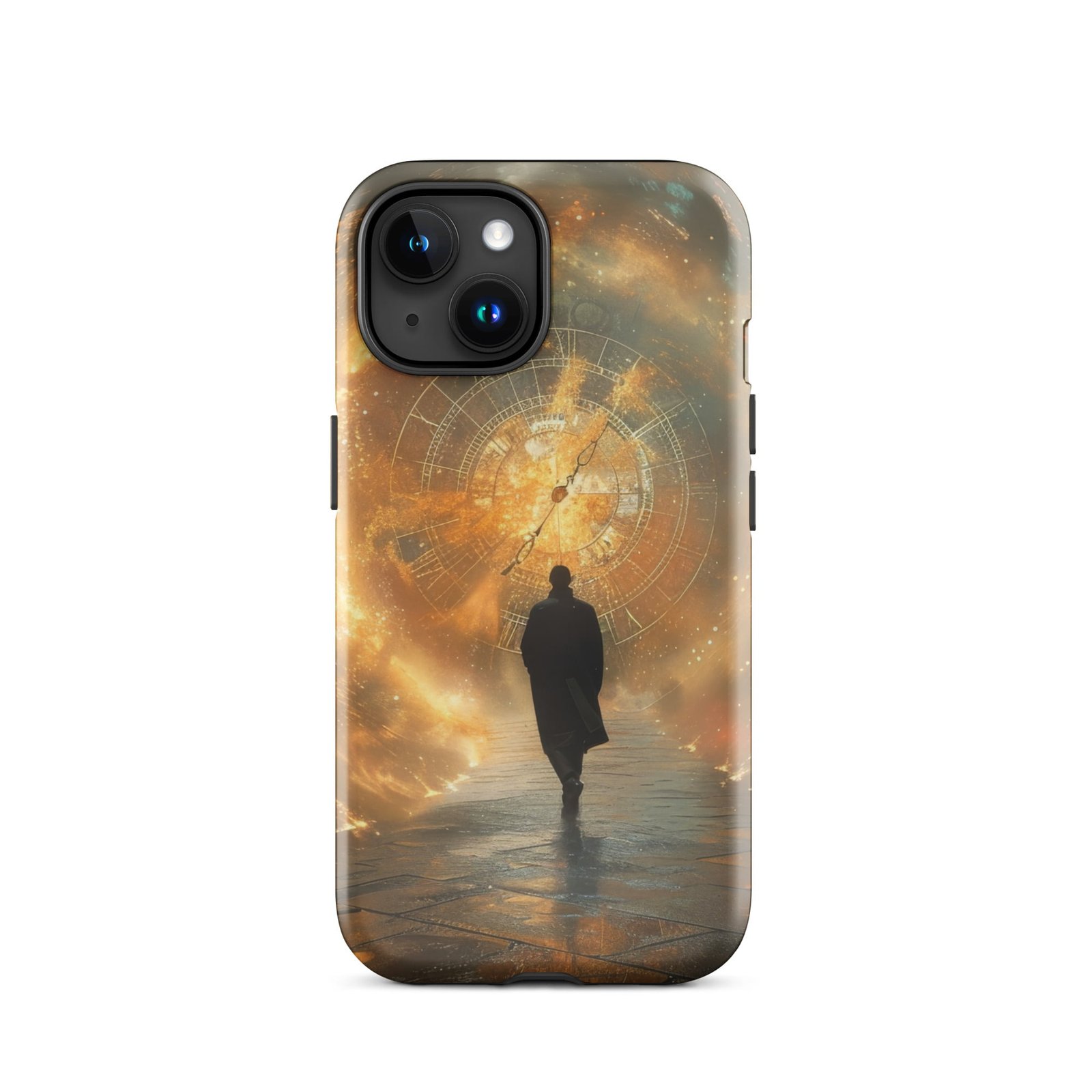Observing Mars through a telescope is a fascinating and awe-inspiring experience that allows us to get a closer look at our neighboring planet. Mars has long captivated the human imagination, and studying it through a telescope provides valuable insights into its geology, atmosphere, and potential for supporting life. By observing Mars, astronomers and space enthusiasts can contribute to our understanding of the Red Planet and the broader field of space exploration.
Key Takeaways
- Observing Mars through a telescope is a fascinating and rewarding experience for amateur astronomers.
- Mars has been observed through telescopes for centuries, with early observations revealing limited details.
- Through a telescope, Mars appears as a reddish-orange disk with visible surface features such as polar ice caps, mountains, and valleys.
- The best time to observe Mars through a telescope is during its opposition, when it is closest to Earth and appears larger and brighter.
- Mars’ atmosphere can affect telescope observations, causing blurring and distortion, but filters can help mitigate these effects.
The history of observing Mars through a telescope
Observations of Mars through telescopes date back centuries. In the 17th century, astronomers like Christiaan Huygens and Giovanni Cassini made early observations of Mars, noting its distinct reddish color and its changing appearance over time. These early observations laid the foundation for future studies of the planet.
Throughout the 19th and 20th centuries, advancements in telescope technology allowed for more detailed observations of Mars. Astronomers were able to map the planet’s surface features, such as craters, valleys, and mountains. They also discovered that Mars has polar ice caps that grow and shrink with the changing seasons.
The appearance of Mars from Earth
Mars is one of the most easily visible planets from Earth, often appearing as a bright reddish object in the night sky. Its distance from Earth varies depending on its position in its orbit around the Sun. At its closest approach to Earth, known as opposition, Mars can be as close as 35 million miles away. This proximity allows for more detailed observations of the planet’s surface features.
In terms of size, Mars is smaller than Earth, with a diameter of about 4,200 miles compared to Earth’s 7,900 miles. However, it appears larger in the night sky due to its proximity during opposition. Additionally, Mars’ reddish color is caused by iron oxide (rust) on its surface, giving it a distinct appearance.
The features of Mars visible through a telescope
Observing Mars through a telescope reveals a wealth of surface features. One of the most prominent features is the dichotomy between the northern and southern hemispheres. The northern hemisphere is relatively flat and smooth, while the southern hemisphere is more rugged and heavily cratered.
Telescopes also allow us to observe the polar ice caps on Mars. These ice caps are composed of a mixture of water ice and carbon dioxide ice, and they grow and shrink with the changing seasons. During the Martian summer, the polar ice caps recede, revealing darker regions on the planet’s surface.
Another interesting feature of Mars visible through a telescope is its two moons, Phobos and Deimos. These moons are much smaller than Earth’s moon and can be seen as small dots of light orbiting Mars. Observing these moons provides valuable information about the gravitational interactions between Mars and its satellites.
The impact of Mars’ atmosphere on telescope observations
Mars’ atmosphere plays a significant role in telescope observations of the planet. One of the challenges astronomers face when observing Mars is dust storms. These storms can cover large portions of the planet’s surface, obscuring details and reducing visibility. During major dust storms, it can be difficult to observe any surface features on Mars.
In addition to dust storms, atmospheric conditions on Mars can also affect image clarity. Variations in temperature, humidity, and air turbulence can distort the view through a telescope, making it challenging to obtain clear and detailed images. However, advancements in telescope technology and image processing techniques have helped mitigate some of these challenges.
The best time to observe Mars through a telescope

The best time to observe Mars through a telescope is during opposition, when it is closest to Earth. Opposition occurs approximately every two years when Earth passes between Mars and the Sun. During this time, Mars appears larger and brighter in the night sky, allowing for more detailed observations.
In addition to opposition, the closest approach of Mars to Earth also provides optimal viewing conditions. This occurs when Mars is at its shortest distance from Earth in its orbit. The combination of opposition and closest approach offers astronomers and space enthusiasts the best opportunity to observe Mars in detail.
The equipment needed for observing Mars through a telescope
Observing Mars through a telescope requires specific equipment to achieve the best results. There are various types of telescopes available, including refracting telescopes, reflecting telescopes, and compound telescopes. Each type has its own advantages and capabilities, so it is important to choose one that suits your needs and budget.
In addition to a telescope, there are several accessories that can enhance the viewing experience. Filters can be used to enhance specific features on Mars, such as polar ice caps or surface details. Eyepieces with different magnifications allow for closer views of specific areas on the planet’s surface. It is also important to have a stable mount or tripod to ensure steady viewing.
The challenges of observing Mars through a telescope
Observing Mars through a telescope comes with its own set of challenges. One of the main challenges is weather conditions. Cloud cover, high humidity, and poor atmospheric stability can all hinder visibility. It is important to choose clear nights with minimal atmospheric disturbances for optimal viewing.
Light pollution is another challenge when observing Mars from urban areas. The bright lights from cities can wash out the faint details on the planet’s surface, making it difficult to observe. Finding a dark sky location away from city lights can greatly improve the viewing experience.
Technical difficulties and the learning curve associated with using a telescope can also be challenging for beginners. Understanding how to properly align and focus the telescope, as well as learning how to track objects in the night sky, takes time and practice. However, with patience and perseverance, these challenges can be overcome.
The benefits of observing Mars through a telescope
Observing Mars through a telescope offers numerous benefits, both in terms of scientific discoveries and personal enjoyment. From a scientific perspective, studying Mars provides valuable insights into the geology, climate, and potential for life on other planets. Observations of Mars contribute to our understanding of the solar system and help advance space exploration.
On a personal level, observing Mars through a telescope allows us to appreciate the beauty and wonder of the universe. It provides a sense of awe and inspiration, reminding us of our place in the cosmos. Observing Mars can also be a rewarding hobby that encourages curiosity and lifelong learning.
the beauty and wonder of observing Mars through a telescope
In conclusion, observing Mars through a telescope is an incredible experience that offers a glimpse into the mysteries of our neighboring planet. From early observations by astronomers centuries ago to the advancements in telescope technology today, studying Mars has provided valuable insights into our solar system.
By observing Mars, we can learn more about its surface features, polar ice caps, and atmospheric conditions. We can contribute to scientific discoveries and advancements in space exploration. And on a personal level, observing Mars through a telescope allows us to appreciate the beauty and vastness of the universe.
So, whether you are an experienced astronomer or just starting out with a new telescope, I encourage you to take the time to observe Mars. Find a clear night, set up your equipment, and let yourself be captivated by the wonders of the Red Planet.
If you’re fascinated by the wonders of the universe and want to explore more celestial objects, you should definitely check out “The Universe Episodes.” This website offers a wide range of articles and information about various astronomical phenomena. One article that caught my attention is “Exploring the Mysteries of Saturn’s Rings.” It delves into the breathtaking beauty and scientific significance of Saturn’s iconic rings. To learn more about this captivating topic, visit The Universe Episodes.
FAQs
What is Mars?
Mars is the fourth planet from the sun in our solar system. It is often referred to as the “Red Planet” due to its reddish appearance.
What is a telescope?
A telescope is an instrument used to observe distant objects by collecting and focusing light.
What does Mars look like through a telescope?
Mars appears as a small, reddish-orange disk through a telescope. It may also show some surface features such as dark patches, polar ice caps, and bright regions.
What is the best time to observe Mars through a telescope?
The best time to observe Mars through a telescope is during its opposition, which occurs when Mars is closest to Earth in its orbit. This happens approximately every two years.
What type of telescope is best for observing Mars?
A telescope with a large aperture and high magnification is best for observing Mars. Refracting telescopes and reflecting telescopes are both suitable for observing Mars.
Can Mars be observed with the naked eye?
Yes, Mars can be observed with the naked eye. It appears as a bright, reddish-orange star-like object in the night sky. However, a telescope is needed to see any surface features.
–
My Thoughts on Observing Mars Through a Telescope
I find observing Mars through a telescope to be a fascinating and rewarding experience. It allows me to appreciate the beauty and mysteries of our neighboring planet.
Benefits of Reading This Article
Reading this article provides valuable insights into the history of observing Mars, its appearance from Earth, visible features through a telescope, challenges faced, best times for observation, required equipment, and the benefits of observing Mars.
Main Message of This Article
The main message of this article is that observing Mars through a telescope offers both scientific discoveries and personal enjoyment. It contributes to our understanding of the solar system, advances space exploration, and inspires awe and curiosity about the universe. Observing Mars through a telescope is a captivating experience that allows us to delve into the wonders of the Red Planet.
























